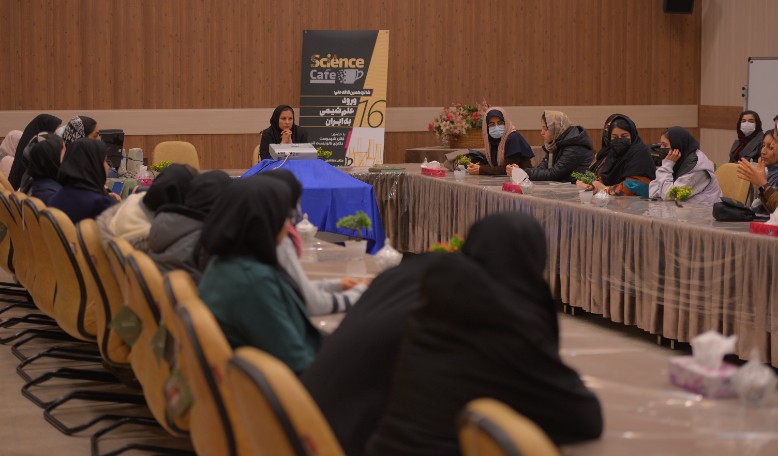The introduction of modern chemistry in Dar ul-Funun led to eradication of smallpox in Iran
Dar ul-Funun, a historical school in Iran, hosted the latest science café entitled “the birth of chemistry in Iran.”
MSTF Media reports:
In this science café that was attended by a large number of students from Isfahan Farhangiyan University, Faezeh Shahdoust, a faculty member of this university addressed the role of Dar ul-Funun in the emergence of modern chemistry in Iran.
Shahdoust claimed that the dire need for the treatment of smallpox during the Naseri era in Iran led to the teaching of chemistry in this school which in turn laid the foundation for fighting this disease.
Smallpox was finally eradicated in 1980 thanks to vaccination.
The participants in this meeting also got to visit Dar ul-Funun and its different sections.
Furthermore, in this meeting, the participants addressed the challenges they face in gaining support for their scientific projects. They declared the actions of supporting and facilitating institutions to be insufficient.
Dar ul-Funun (lit., “polytechnic college”), is a school founded in Tehran in 1851 by Mirza Ṭaqi Khan Amir-e Kabir, the Royal Vizier to Nasereddin Shah. This school which marked the beginning of modern education in Iran is the oldest institute of higher learning in this country.
Science Café is a scientific-promotional program held by Mustafa
Science and Technology Foundation with the presence of a public audience during which scientific concepts and achievements are explained in simple terms by a scientist or promoter and put to discussion.

